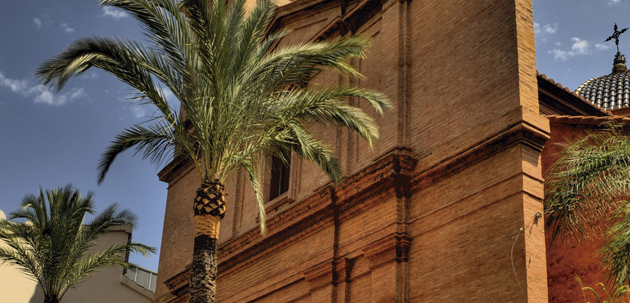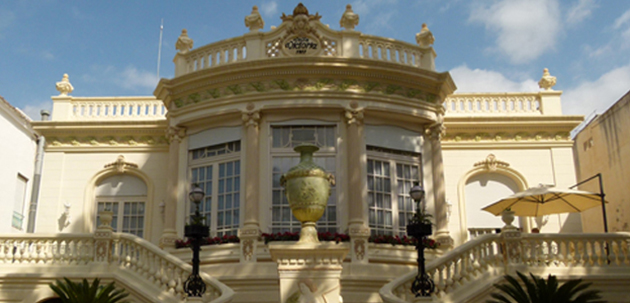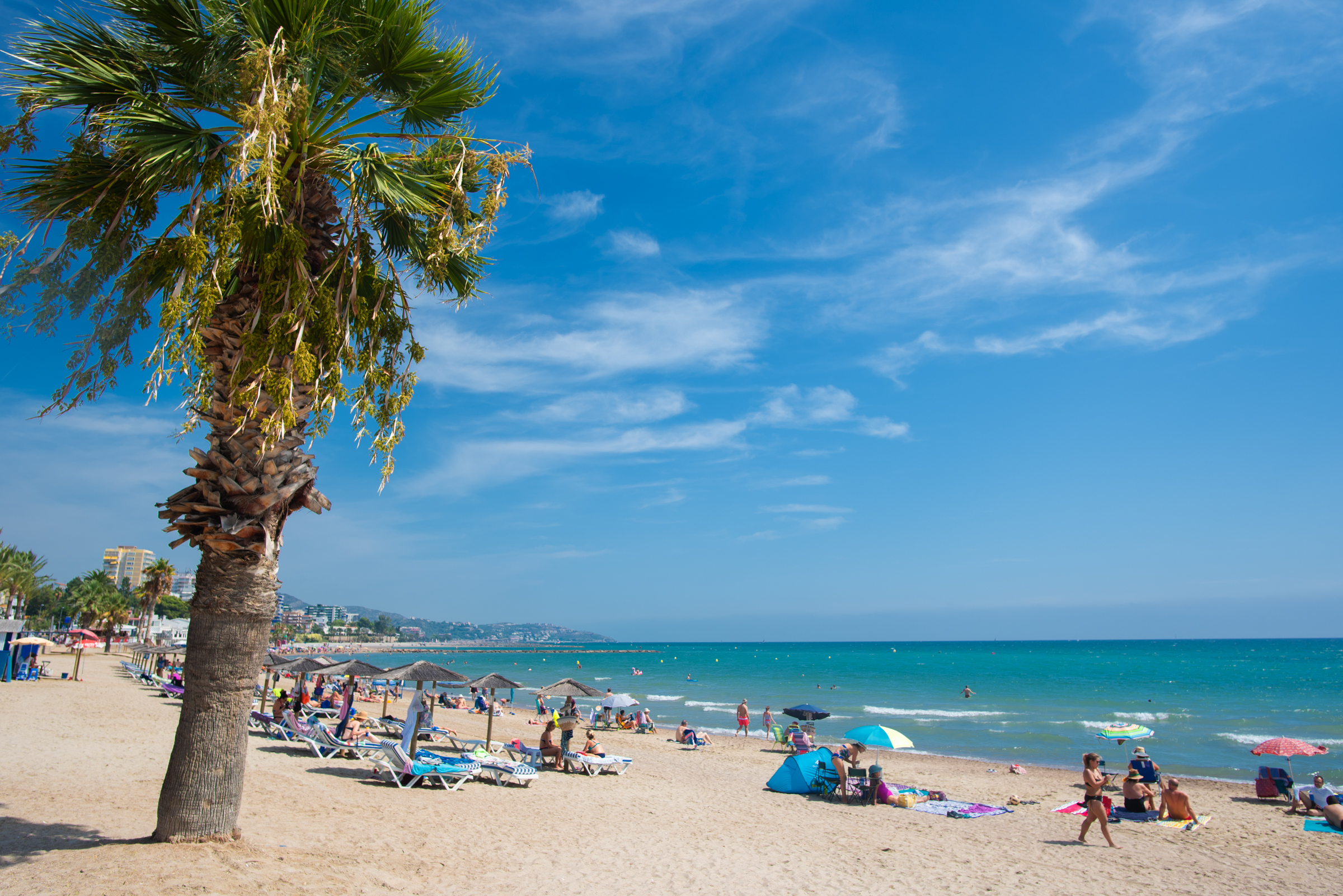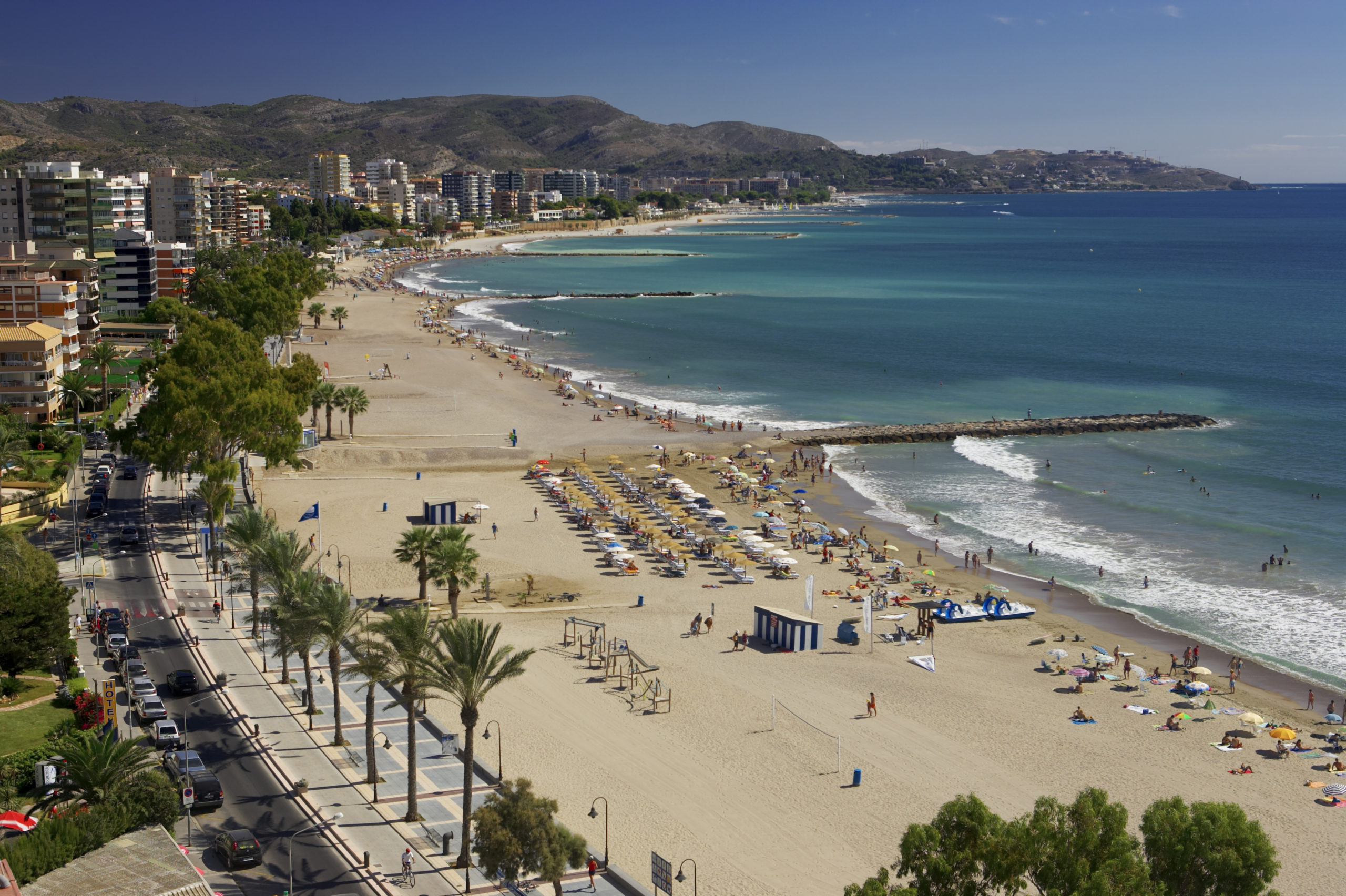The unique historical evolution of Benicàssim has endowed it with an extensive artistic heritage to enjoy throughout the year.
The route of the villas that runs along the promenade and framed between the Hotel Voramar and the Tower of San Vicente will take us to the Belle Époque Benicàssim and the heyday of stately tourism in the late nineteenth and early twentieth centuries.
And if the tangible historical heritage is important, the popular festivals are no less so. From the patron saint celebrations in honor of St. Antonio and St. Agueda in January, the pilgrimage to the patron saint in February, to those of St. Tomás de Villanueva in September, including the magical night of St. Juan on June 23rd.
Some more history of Benicàssim…

BENICÀSSIM, OUR HISTORY
Benicàssim is consubstantially linked to Jaime I. On November 29, 1242, Jaime I donated the Castle of Montornés and these lands to his notary, Pedro Sanz, in compensation for the services rendered in the reconquest.
The baronies of Benicàssim and Montornés were frequently the object of donations, inheritances or sales among the nobles of the area. A clear proof of this can be seen in the notable number of landowners who ruled the place from 1242 to 1603, when Violant de Casalduch granted a population charter.
Prior to the reconquest, Montornés Castle was one of the most important Arab fiefdoms in these territories. There is no exact news of its construction, although, manuscripts and documents of the time, commented by Fr. Ramón de María, show us the intense life in the castle in the year 1000, until it was reconquered. We also lack news about its destruction and the causes that motivated it. However, it is known that the castle was inhabited until the end of the 15th century.

CARTA PUEBLA
The main purpose of the granting of a Carta Puebla was to repopulate this area, which had been severely punished by the continuous attacks and plundering by corsairs and Berbers. Such a measure did not obtain the desired results, and only a few settlers settled in the barony. In this sense, there are clear traces of four small population centers, two of them seeking the shelter of the mountains, one in the fertile lands, very close to the current town center, and finally a small seafaring nucleus, in front of the Tower of Sant Vicent.
The decision of the illustrious Francisco Pérez Bayer in 1769 to found a church in this place was the definitive impulse to the configuration of Benicàssim as a town. Progress was slow at first, but spectacular from 1850 onwards.
Benicàssim has been one of the pioneering towns in Spain as a tourist center. Thus, in 1887 the first summer villa was built. Its owner, Mr. Joaquín Coloma, was the chief engineer of the railroad works. This influential personage, made that important families of Valencia, began to build their summer residences in Benicàssim. The great boom that Benicàssim took at the beginning of the century, later earned it the name of the Valencian Biarritz.
From the first construction until today, Benicàssim has undergone a profound transformation based exclusively on tourism, to the point of having an extensive tourist infrastructure. Currently Benicàssim offers a capacity of more than 100,000 tourists.








